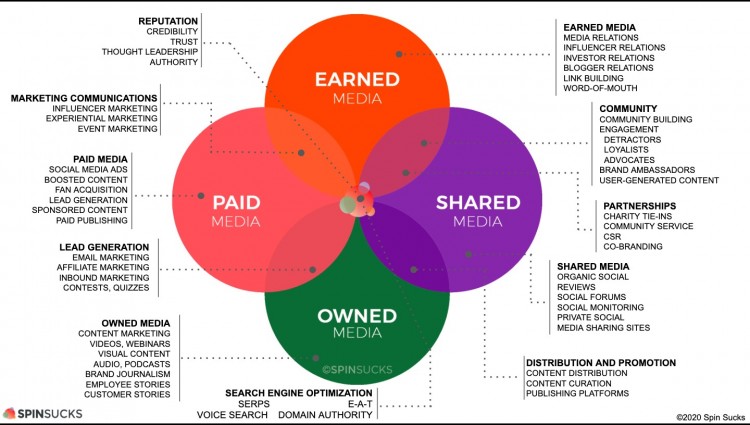
Prioritizing “Owned Media” in PESO Strategy
Traditionally, the PESO Model involves integrating all four media types in a balanced manner, according to the needs and objectives of the campaign. However, the emphasis can be adjusted based on relevant priorities and strategies to achieve the desired results.
By: Fardila Astari, Communications Strategist Reputasia Strategic Communications Consulting
JAKARTA, PRINDONESIA.CO – The PESO Model has now become a popular communication strategy approach that has helped many public relations (PR) practitioners in designing integrated and holistic campaigns. PESO stands for paid , earned , shared , and owned media , each of which has a unique role in achieving the communication and marketing goals of an organization or brand .
Traditionally, the PESO Model involves integrating these four media types in a balanced way, according to the needs and objectives of the campaign. However, Gini Dietrich, the originator of the PESO Model, emphasizes that emphasis can be adjusted based on relevant priorities and strategies to achieve the desired results.
One of the key points emphasized by the founder, CEO, and author of Spin Sucks is prioritizing owned media in the PESO strategy. In practice, Dietrich’s recommended order is owned media , then earned media , shared media , and finally paid media . The abbreviation PESO is only intended to make it easier to remember the name.
Why is “Owned Media” Preferred?
Owned media , such as websites, blogs , social media accounts, and internal publications, are communication assets owned by an organization. By prioritizing owned media , organizations gain full control over their messages, increase brand visibility , and build direct relationships with their target audiences.
Once owned media is strong, the next step is earned media , which includes organic media coverage, product reviews, and news. Earned media is important for building credibility and trust. This is because the information comes from independent sources or third parties.
Shared media , such as social media, video sharing platforms, and online community forums , facilitate audience interaction and participation. In PESO, shared media enables organizations to extend the reach of messages, promote content virally, and build deeper engagement with audiences.
Finally, paid media , such as digital advertising, social media advertising, and content sponsorship. Paid media allows organizations to exert control over the placement and exposure of messages. In addition, this approach can also make it easier for organizations to reach specific target audiences and accelerate brand or product recognition in the market.
Ultimately, the PESO Model offers a flexible and adaptive framework for planning effective communications campaigns. By integrating owned , earned , shared , and paid media according to strategic needs and objectives, organizations can increase brand visibility , build a strong reputation, and achieve significant communications impact in a dynamic and evolving business world.
Source: www.prindonesia.co
